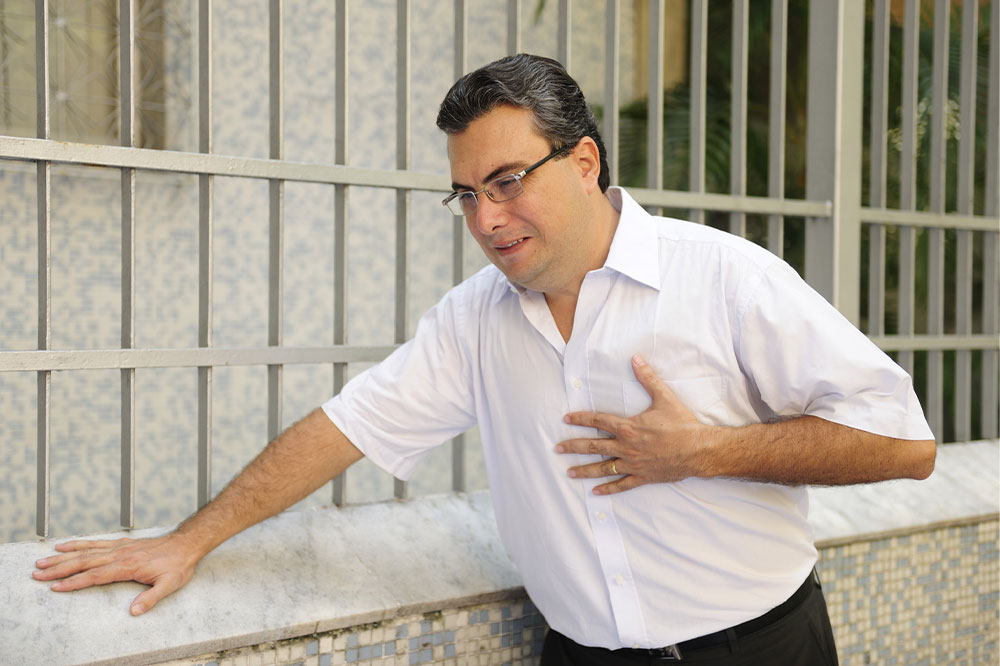
Stroke – Types, risk factors, and preventive measures
A stroke, also called a cerebrovascular accident, occurs when the blood stops flowing to a part of the brain or a ruptured blood vessel in the brain starts to bleed. When the blood supplies less oxygen to the brain, the cells and tissues in the organ start to deteriorate and die. According to data provided by the Centers for Disease Control and Prevention (CDC), a stroke is a leading cause of death in the country.
Types of stroke
Ischemic stroke
In this kind of stroke, the blood vessels experience blocking or clotting. The arteries become narrow, which reduces the blood flow. Other circumstances can also include plaque breaking up and blocking the arteries.
Within this kind of stroke, there are types of blockages:
- Cerebral embolism
Also known as embolic stroke, this type of an embolism means that a blood clot is formed in another part of the body like the heart or arteries in the neck and chest region. It further travels until it reaches a narrow artery through which it cannot pass, causing a stroke. - Cerebral thrombosis
Also known as thrombotic stroke, this type of blockage occurs when the fatty plaque within the blood vessel in the brain develops a blood clot.
Transient ischemic sttack (TIA)
TIA is like an ischemic stroke but milder. This kind of attack lasts only for a couple of minutes or hours until the blood clot starts to move and the blood flow becomes normal. The symptoms of this kind of stroke are similar to a full stroke, but this is more temporary. However, it is advised to seek emergency medical help when a mini-stroke is observed. It is often a warning sign for a more serious attack.
According to data and statistics by CDC, one-third of those who experience TIA and do not get treated for it suffer from a full-blown stroke in the same year. So make sure medical attention is sought immediately.
Hemorrhagic stroke
In this type of a stroke, the artery in the brain bursts and starts leaking blood. Due to the excess blood in the brain outside, there is excessive pressure on the skull and swelling, damaging brain cells and tissue.
There are two types of hemorrhagic strokes:
- Intracerebral
This is the more common type of strokes in this category. This is a condition in which the tissues surrounding the brain are filled with blood that is leaked from the artery. - Subarachnoid
This is a less common but just as severe condition in which the bleeding is caused in the area between the brain and the tissues that cover it. Data suggests that about thirteen percent of strokes are hemorrhagic strokes.
Risk factors
- Lifestyle
Anyone who has a diet that relies heavily on salt, saturated fats, trans fats, and cholesterol is at a higher risk of triggering a stroke. Lack of exercise and activity is another huge risk factor. At least 2.5 hours of aerobic exercise every week is absolutely essential in maintaining a healthy body. Other factors include smoking or alcohol consumption. Since drinking alcohol can raise blood pressure, it also raises the plaque build up in the arteries, which makes the blood vessels narrower. Nicotine has the same effect too. - Personal history
A family history of stroke puts one in a higher risk category. However, other factors like age, sex, race, and ethnicity also play a part. Studies suggest that while both men and women can suffer strokes, women are at higher risk in all age groups than men. Also, this risk increases even more as one starts aging.
If there is any personal history of certain medical conditions like high blood pressure, heart valve defects, blood clotting disorder, sickle cell disease, diabetes, excess weight, high cholesterol, mini-stroke(TIA), enlarged heart chambers, patent foramen ovale, then the risk of a full-blown stroke is higher.
Prevention
While it is not possible to prevent all strokes through lifestyle changes, it is possible to reduce the risk to a great extent. Keeping a moderate weight, quitting smoking or any other tobacco products, and limiting alcohol use to just one or two drinks a day can be helpful. Living an active lifestyle can be extremely beneficial for one’s health. Getting regular health check-ups, especially if you have any other medical conditions, is extremely important to maintain heart health.




